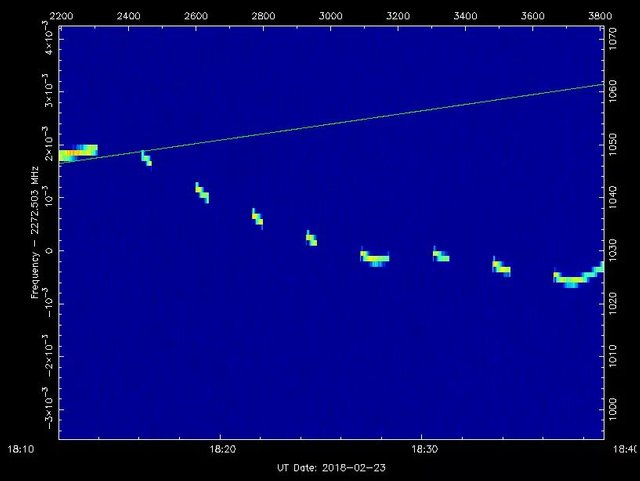Late on March 4, 2018, personnel at JHU Applied Physics Laboratory (APL) reported detecting IMAGE’s signal for the first time after losing contact on Feb. 24. However the signal was too weak to lock on to.
Late on March 4, 2018, personnel at JHU Applied Physics Laboratory (APL) reported detecting IMAGE’s signal for the first time after losing contact on Feb. 24. However the signal was too weak to lock on to.

We continue to implement an interface with the 18-meter antenna at White Sands, New Mexico, in cooperation with the Near Earth Network, to be ready to command and capture IMAGE if its radio signal returns in a strong enough form.
The precise cause of the signal degradation is still not known, though clues have surfaced that hint at part of the story.
When IMAGE’s radio signal began weakening two weeks ago, it was sputtering in a pattern consistent with the spacecraft’s last known spin period. It is possible that IMAGE’s spin axis had drifted to an orientation where the reach of the antenna’s signal was not on Earth during part of its rotational period, explaining the dropout pattern observed.
Full details & updates: https://go.nasa.gov/2EAhMnv
Image caption: Plot showing IMAGE’s signal dropout.
Credits: Scott Tilley, AScT in BC, Canada
Image signal for the first time?
Is this for real
I find the information in fb
Image signal for the first time?
Is this for real.your great bro